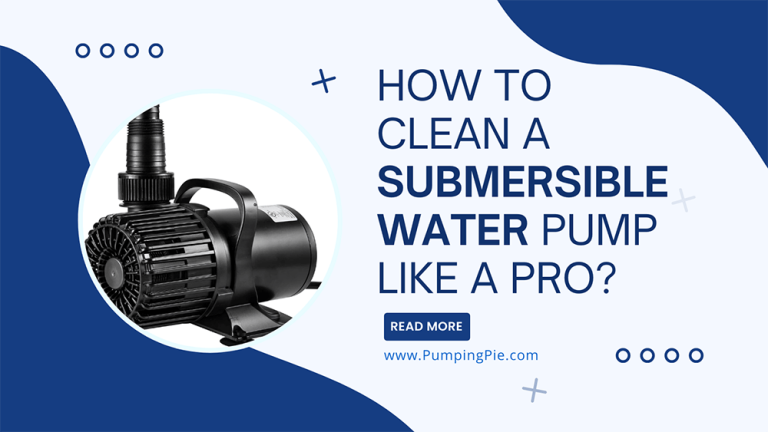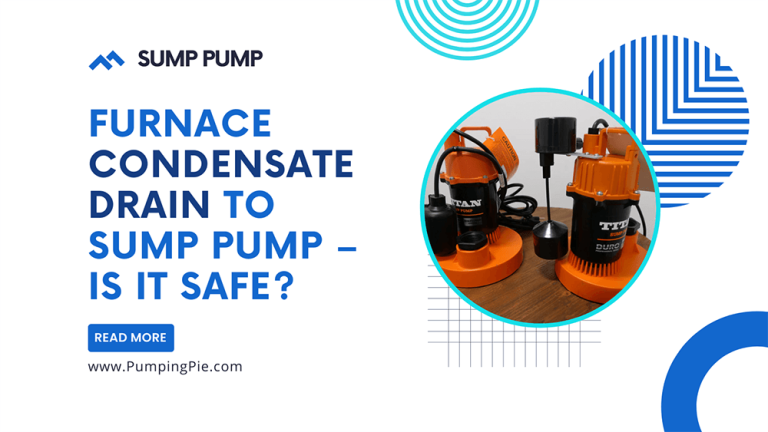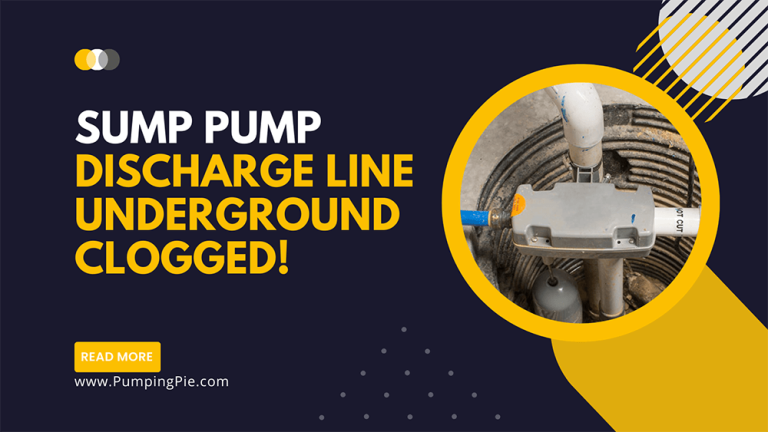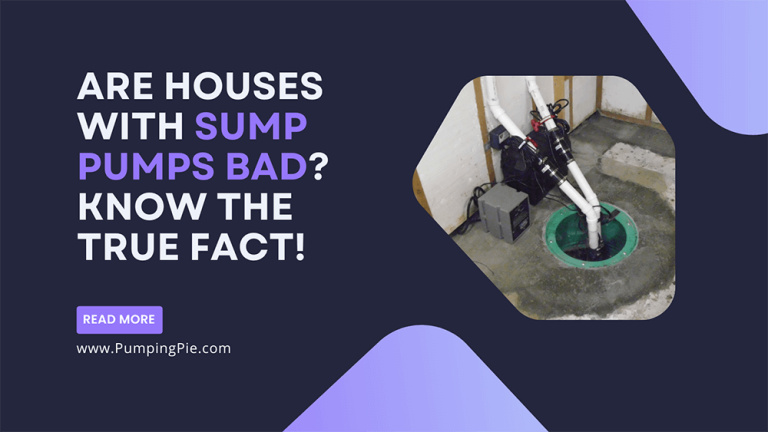How to Pick Best Battery Backup for Existing Sump Pump?
Sometimes, your primary sump pump could break down suddenly, or power could go out when you least expect it. Consequently, you might end up with a flooded basement. But guess what? With a battery backup sump pump, you can keep your crawl space dry for hours until the main pump starts working.
Yeah, you heard that right! However, not every backup system you find on the market is dependable. Some have very high pumping rates of up to 40 gallons per minute and are easier to install than others. Also, some models offer better battery runtime than their competitors.
So, to help you find the right system, we’ve compiled a comprehensive list of the best battery backup for existing sump pumps. We’ve also included a buying guide so you know what features to look out for in the best system.
Contents
- 1 Quick Summary
- 2 6 Best Battery Backup for Existing Sump Pump
- 2.1 1. Best Inverter Battery Backup for existing Sump Pump: PumpSpy 1500W
- 2.2 2. Best Compact Backup Sump Pump: SEC AMERICA – 822PS
- 2.3 3. Best Battery Backup for Sump Pump: Basement Watchdog BWE 1000
- 2.4 4. Best All-In-One Backup Sump Pump: WAYNE – 1/2 HP Sump Pump
- 2.5 5. Best Sump Pump with Battery Backup: Zoeller 508-0005
- 2.6 6. Best Backup Sump Pump With WiFi: PumpSpy PS2000 WiFi Battery Backup
- 3 How Does a Battery Backup Sump Pump Work?
- 4 Types Of Sump Pump Backup Systems
- 5 Which Battery Backup Is Right For Your Home?
- 6 Is Battery-Backup Sump Pump Worth It or a Waste of Money?
- 7 How to Install Battery-Backup Sump Pump?
- 8 How to Reset Backup Sump Pump with Battery?
- 9 Buying Guide of Best Battery Backup Sump Pump Systems
- 10 FAQ
- 11 Conclusion
Quick Summary
Want a sneak peek of our top products and what makes each stand out? Here is a quick summary.
1. PumpSpy 1500W Primary Sump Pump Backup Power System
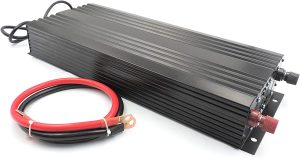
Our Top Pick
- This 1500-watt battery backup system is incredibly powerful, allowing for multiple applications thanks to its power inverter feature.
2. SEC AMERICA – 822PS Sump Pump Backup
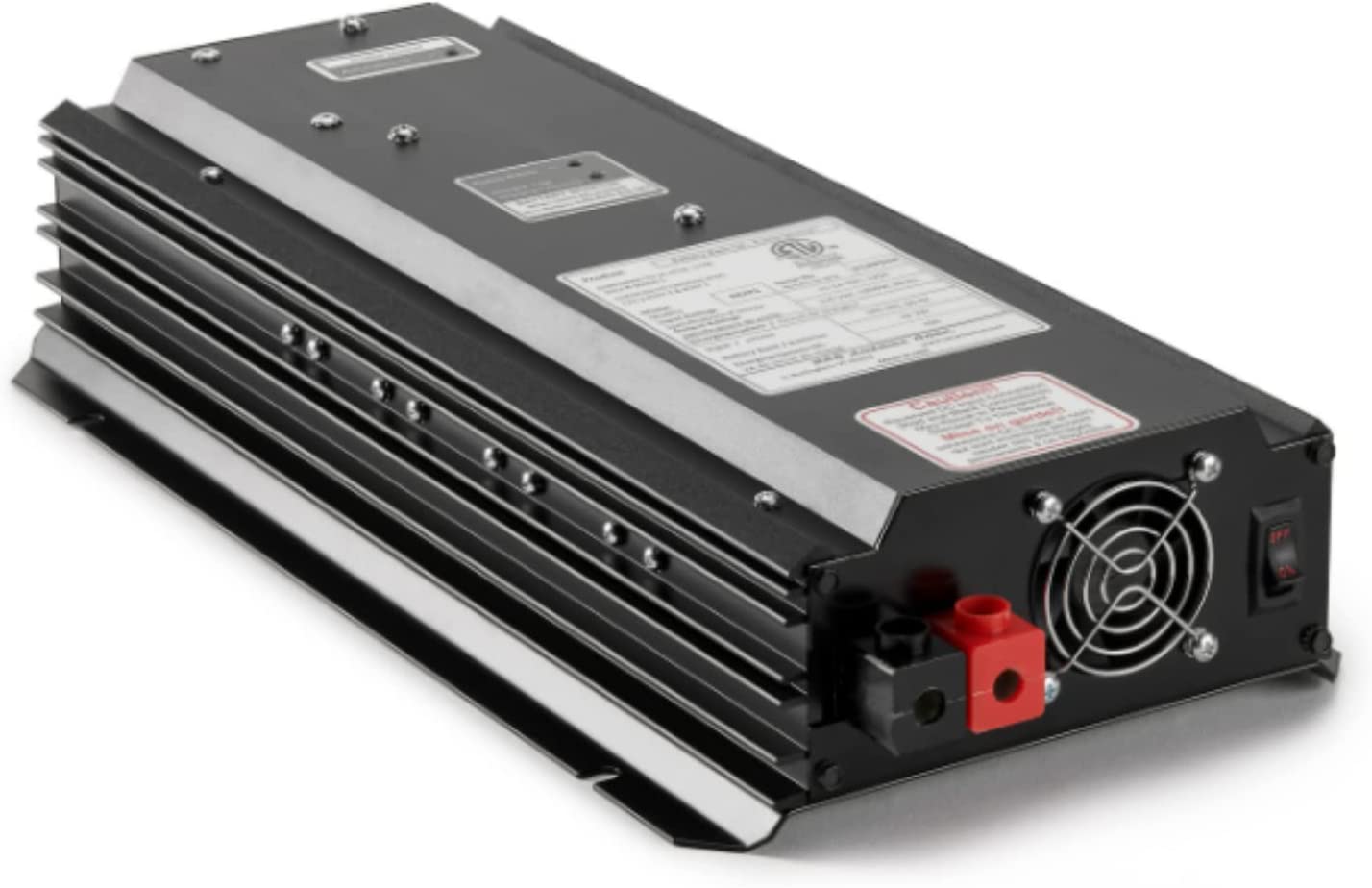
Best Compact Size
- Available in a compact and rugged design, but very powerful with 1200-watt power output. It is also quiet in operation.
3. Basement Watchdog BWE 1000 Gallons
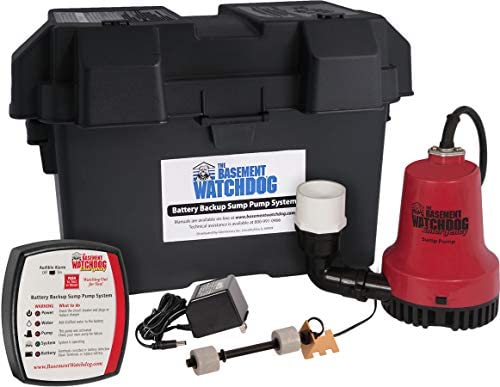
Budget Choice
- Besides being affordable, this system is compact, easy to use, and with incredible pumping power. It can pump up to 1,000 GPH at 10 ft. of lift.
4. WAYNE – 1/2 HP 12 Volt Battery Back Up
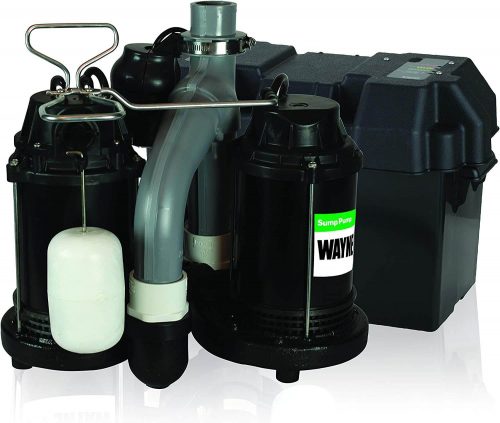
Most Powerful
- This unit is a highly efficient system capable of pumping up to 10,000 gallons on a single charge while running quietly.
5. Zoeller 508-0005 Aquanot 508
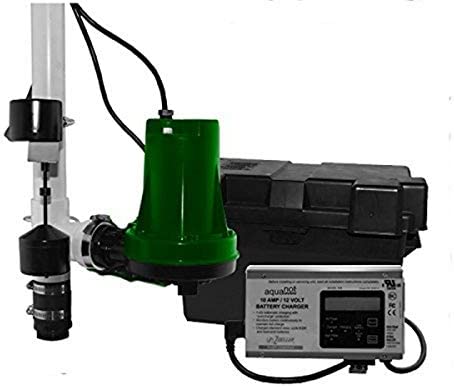
Best Reliable Option
- Hand-built using time-tested components, ensuring superior performance and reliability. And with 1/3 horsepower, this unit is quite powerful.
6. PumpSpy PS2000 WiFi Battery Backup Sump Pump System
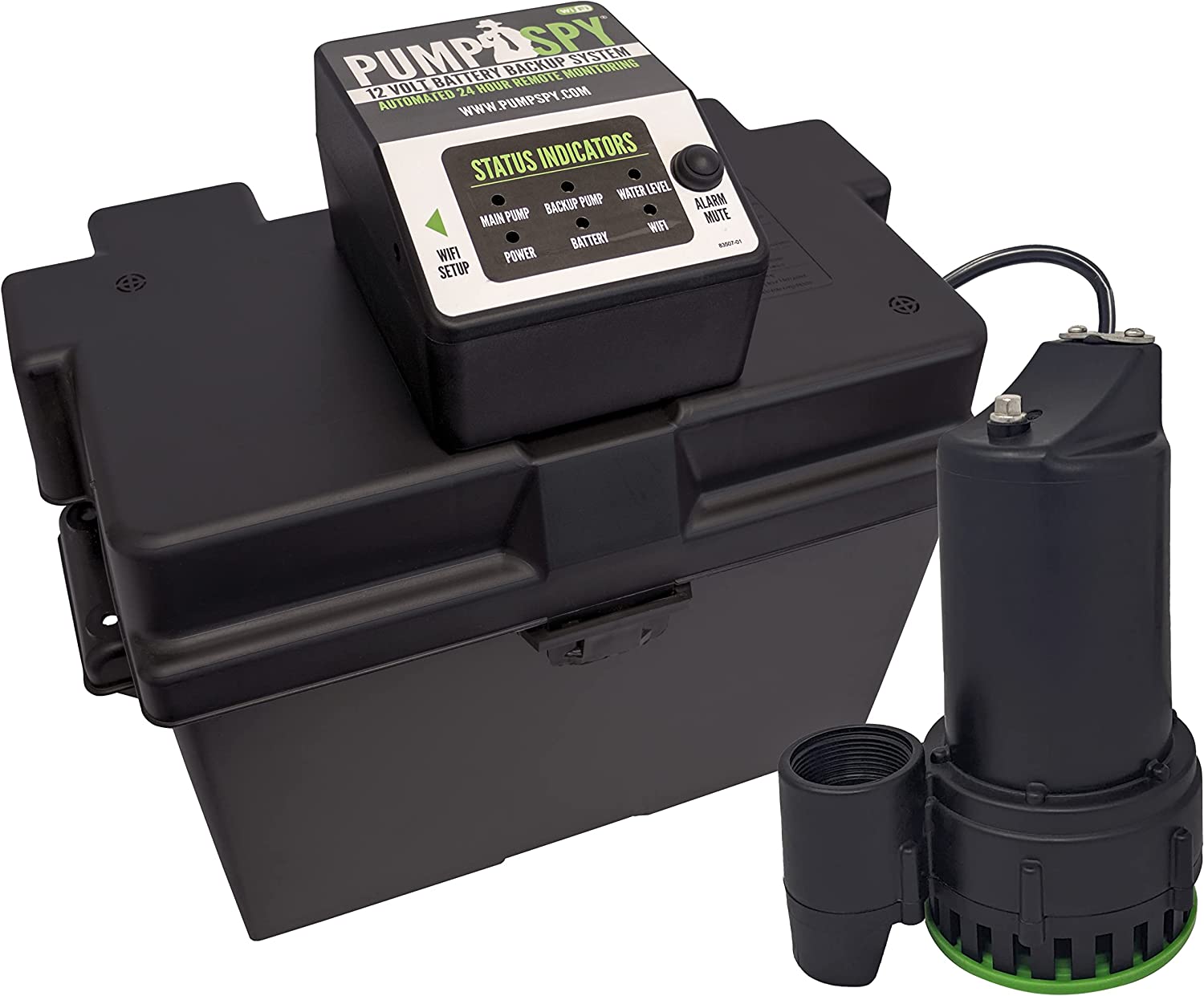
Best Smart Choice
- Another efficient backup system, allows you to monitor it remotely 24/7 through your mobile device. All alerts are free of charge.
6 Best Battery Backup for Existing Sump Pump
The best backup system should be robust and durable enough to offer reliable performance. Below, we will review our top picks, including their pros and cons.
1. Best Inverter Battery Backup for existing Sump Pump: PumpSpy 1500W
Topping our list of battery backup for existing sump pumps is this unit from the PumpSpy brand. This product stands out because you can use it as a power inverter for various applications that need backup power. You can use it to operate multiple devices, including power tools, computers, kitchen appliances, and electric lights.
Featuring 1500-watt power output, you will find this battery backup system powerful enough to run two sump pumps. This is because the unit can produce 120 Volts AC pure sine wave of reliable power. Therefore, you should not worry about your basement flooding during a power failure.
What’s more? You will be pleased to learn that this unit is built to automatically change from 120-volt AC power to 12-volt DC power. This happens when there is a power interruption. Once power is restored, the device usually switches back to AC power, automatically recharging the battery using the 10 Amp integrated charger.
Even better, you will love that this product comes with clear instructions that are easy to follow. Therefore, you can easily set it up once you get the correct marine battery.
Pros
- Made from durable and lightweight aluminum
- Installation is a breeze
- Generates higher output than most competitors
- Backed by friendly and responsive tech support
- Multiple applications
Cons
- The fan can be a little noisy while charging the battery
- Recommended 75 Ah deep cycle battery not included
2. Best Compact Backup Sump Pump: SEC AMERICA – 822PS
Next up, we’ve yet another high-quality sump pump backup system manufactured in the U.S.A. This unit is both UL and CSA-approved. Therefore, you can rest assured it meets all the U.S. and Canadian quality requirements. Even better, you will love that the product is backed by a 2-year warranty for your peace of mind.
Something else you will love about this battery backup system is its 1200-watt high-output power. Thanks to this, you can use it with various sump pump models, featuring up to 9 amps and 1/2 horsepower. On the flip side, you cannot use it to run pedestal sump pumps.
Similar to our top-pick battery backup system, this product is designed to automatically switch to battery power immediately when the power dims out. And once the AC power is available again, the battery system automatically recharges itself. This helps ensure you have power backup the next time a power loss occurs.
This system comes with several indicators for ease of use, including battery charge, power output, and battery replacement. You also get battery cables included for ease of installation right out of the box.
Pros
- Comes in a rugged and compact aluminum casing
- Boasts quiet operation
- Easy to mount on the wall or surface
- Built-in protection from output overloads
- Resistant to shocks and vibrations
Cons
- The marine deep cycle batteries are sold separately
- A little more pricey than the competitors
3. Best Battery Backup for Sump Pump: Basement Watchdog BWE 1000
Coming in third place is this affordable unit from the Basement Watchdog manufacturer. But just because it is relatively inexpensive does not mean it is not a powerful unit. The system can pump up to 1,000 GPH at 10ft of lift for several hours and on a single charge.
Another thing you will love about this sump pump system is its automatic operation. The unit boasts a control box designed to automatically turn it on if the existing pump fails or there is no power.
This backup system is equipped with a dual float switch for enhanced protection. Therefore, the pump will not run if the water level is low, preventing burnout. Moreover, the system is also engineered with a fluid sensor. This feature helps ensure optimal fluid levels inside the battery for superior performance.
In addition, this product works with maintenance-free and wet-cell AGM batteries for added convenience. As if that’s not enough, it boasts a 0.4 Amp automatic charger and PVC pipe adapter inside the kit. So, you only need to buy the battery.
Pros
- Compact size for installation in narrow spaces
- Made of waterproof and corrosion-resistant thermoplastic
- User-friendly control panel with audible alarms
- Excellent pumping power for the price
- Backed by a 2-year warranty
Cons
- Batteries sold separately
- Beeps loudly and continuously until you reset the system
4. Best All-In-One Backup Sump Pump: WAYNE – 1/2 HP Sump Pump
Looking for the most powerful battery backup system? This unit has 1/2 horsepower and can pump about 5,100 GPH. On a single charge, this system will expel up to 10,000 gallons from your basement. Therefore, your basement will stay dry even if it takes several hours for the power to be restored.
But here comes the best part; this model comes partly assembled for easy installation. Therefore, at most, you will spend 15 minutes setting it up since no additional wiring or plumbing is required. However, you can only fit the pump in a sump basin with a diameter of 16 inches or more.
Additionally, the system features a built-in vertical float switch to help prevent overflows. The controller automatically switches off the system when the water levels are low for enhanced durability and protection.
Built with quality cast iron materials, this unit will provide long-lasting performance. According to the manufacturer, this device has also undergone many cycles of durability tests. The manufacturer also offers you a 3-year dependable warranty for added peace of mind.
Pros
- Extremely powerful hence empties the pit quickly
- Boasts ultra-quiet and reliable operation
- Offers hours of basement protection
- Made with heavy-duty steel cast iron coating
- Works with any 12-volt battery backup
Cons
- The battery alarm is super loud
- Battery required but not included
5. Best Sump Pump with Battery Backup: Zoeller 508-0005
Here we’ve got another equally good battery backup system made and tested in the USA. This unit features a 10-amp self-contained battery recharger system with several indicators for light, warning, and alarms. So, you can quickly tell the battery charging status and voltage displayed on the LCD screen.
With a 1/3 horsepower, this device can pump up to 40 gallons per minute or 2,340 GPH at zero feet. At 10 feet, it can expel 1,200 GPH and 360 GPH at 20 feet. So, considering its price and efficient design, this is a powerful battery backup system.
Moreover, the system boasts an automatic recharging function once the electricity is restored. So, you can expect that the next time there is power disruption, the unit’s battery will be 100% fully charged. The battery also has a quick disconnect discharge feature to extend its performance.
As if that’s not enough, this backup unit is integrated with a cooling plate and lightweight aluminum seal pocket. This helps ensure extra protection from overheating issues. For superior durability, each unit is constructed from non-corrosive materials to protect it from rust and corrosion.
Pros
- Lots of built-in indicator lights for ease of use
- Includes a one-year warranty from the date of installation
- Hand-built with durable aluminum materials
- Installation is very straightforward
- Built-in check valve to prevent backflow
Cons
- A few complaints about missing parts
- Uses a 12-volt battery not included
6. Best Backup Sump Pump With WiFi: PumpSpy PS2000 WiFi Battery Backup
Featuring built-in WiFi connectivity, you can monitor how this unit works from anywhere. You simply pair the device with your WiFi and install the free PumpSpy app. Consequently, you get alerts on water levels, battery charge, and any problem your system could be having.
With a 1/2 horsepower, this system is capable of pumping up to 2,990 GPH at 5 ft. of lift. At a 10 ft. lift, this device will get rid of 2,400 GPH for several hours on a single charge. This, therefore, makes this device highly efficient.
Something else you will love about this backup system is its ease of installation. This is because you can use it with any existing 120-volt sump pump. Even better, the manufacturer provides clear instructions and the mounting hardware required.
Like other units in this review, this product is also built to automatically recharge the battery once power is restored. You should also expect it to switch back to AC power from DC power.
Pros
- Sends instant alerts 24/7 for free
- Circuit boards feature waterproof sealing for protection
- Fully backed by a 3-year warranty against poor craftsmanship
- Housed in a durable plastic casing
- Pumps out up to 13,000 gallons on a single battery charge
Cons
- Customer support on warranty claims could be better
- WiFi feature fails sometimes
How Does a Battery Backup Sump Pump Work?
This system works along your primary sump pump to prevent basement flooding. You see, a primary pump is powered by electric power while the backup pump by a 12-volt marine battery.
This means that your basement could flood within a few hours in case of a power loss or pump failure. However, with a battery backup system, you may not have to worry about this. This is because the system will automatically take over the job of the main pump to keep the basement dry.
This backup system automatically switches to battery power during a power blackout. Once power is restored, the device usually switches to AC power and automatically recharges itself. Therefore, you must connect this system to your primary unit.
Just like the primary sump pump, this backup system features its float switch. This way, when the water rises in the pit, the unit is automatically activated, especially when the main pump is overwhelmed.
Types Of Sump Pump Backup Systems
Overall, you will come across two types of sump pump backup systems. Of course, each has its pros and cons. These include:
1. Water-powered backup sump pumps
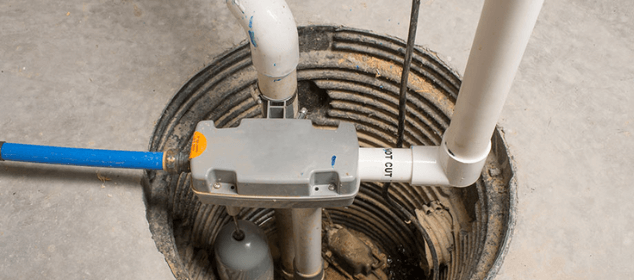
As the name suggests, these units use water and no batteries or electricity to run. They operate on your home’s municipal water pressure to siphon water from your sump pit by creating a solid vacuum. The pumps then discharge the water outside your home to prevent flooding. Here you will find the most popular water-powered backup sump pump systems.
Pros
- No batteries to replace now and then
- Operates reliably for many years than battery backups
- Low maintenance because of few moving parts
- Runs for nearly unlimited times since there are no batteries to die
Cons
- Cannot operate without access to municipal water
- Does not work in homes on a well
- A little expensive
2. Battery-backup sump pump
This is perhaps the most popular type of sump pump backup system. It works alongside your existing pump to provide backup power. In case the existing pump breaks down, and a power outage occurs. Therefore, you must install it next to your primary pump.
Unlike the water-powered sump pump, this backup system is powered by a 12-volt rechargeable deep-cycle battery. Therefore, it can run for several hours before the battery dies.
Pros
- Easy to set up and use
- Boasts high power output and pumping volume
- Affordable than water-powered units
- Includes extra features like light detectors, alarms, and sensors
Cons
- Running time is limited
- Not as long-lasting as water-powered units
Which Battery Backup Is Right For Your Home?
You can choose between a power inverter and a battery sump pump. Both units are excellent choices, but each has its downsides. Read on to learn more.
Battery-backup sump pump
This battery backup system is built to work off 12-volt batteries to provide your basement with complete protection against flooding. Therefore, once the battery dies, it will automatically switch to AC power.
The beauty of this system is that it is inexpensive, easy to install, and easy to use. However, for most units, you must buy the battery separately.
Power inverter
A power inverter simply converts DC battery power to AC power when there is no electricity. This power is then used to power the system and other gadgets in your house. Therefore, the inverter works alongside the battery sump pump system.
The best thing about a power inverter is that it allows multiple applications. Besides powering your sump pump, you can use it to reliably run other home appliances. The device also boasts quiet operation, but maintenance is high.
Is Battery-Backup Sump Pump Worth It or a Waste of Money?
It is not a waste of money. Because first, no one ever plans to have a power loss, especially during heavy rainfalls and thunderstorms. But with a battery backup system, you can keep your home dry until the electricity has been restored.
Additionally, this system is worth it because your primary sump pump may break down when you least expect it. And even if there is electricity, your basement could still flood since the pump will not expel the water in the pit. So, until you have repaired or replaced the old pump, you will have to depend on your battery backup system.
As if that’s not enough, sometimes, your primary pump may also get overwhelmed due to heavy flooding. In this case, a battery backup device could help keep your house dry for as long as necessary.
How to Install Battery-Backup Sump Pump?
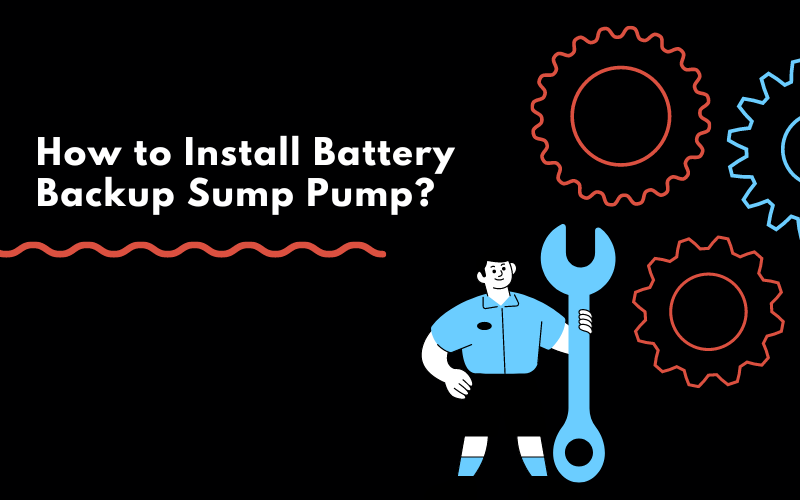
installing a battery sump pump should be easy since most products have clear installation instructions included with the kit. That said, here is how to install this backup system.
Step 1: Gather your supplies
Before anything else, you must have all the necessary accessories for installation. You will need a 12-volt marine battery, two check valves, 1-1/2-inch PVC pipe, a clamp connector, 45-degree fitting, glue, and Teflon tape.
Step 2: Disconnect the old sump pump
Next, unplug your existing sump pump. Then, loosen the hose clamps around the discharge pipe to break the connection to the main pump. After that, pull out the pump from the pit.
Step 3: Install the check valve
Get your check valve and put some Teflon tape around its threaded ends. Then, install the valve onto the primary sump pump and tighten it to prevent water from flowing back into the pit.
Next, get your other check valve and install it on the battery backup. Make sure to apply Teflon tape around the threads and tighten the valve. After the connections, set both pumps within the sump basin.
Step 3: Connect the discharge pipe
Take your 1-1/2-inch PVC pipe and install it on the existing discharge pipe. But to ensure the new tube is in line with the old discharge pipe, install a 45-degree angle fitting.
Next, take your hose clamp rubber connector and fit it into the old pipe. Lastly, glue another pipe between the connector and the 45-degree angle fitting.
Step 4: Install the battery
For the battery, you should install it in a protective and durable plastic box. After that, mount a shelf on the wall and place the battery there rather than on the floor. Then, connect all the cables to their respective terminals, including the charger.
Step 5: Test your unit
To test whether the main pump works:
- Stretch your hand down underneath the sump basin.
- Lift the float valve to activate the pump.
- Move the switch of your backup system until the pump starts. You should hear some annoying sounds if it’s working.
How to Reset Backup Sump Pump with Battery?
What happens if your backup system is not running like when you first installed it? The most effective solution would be to reset it. Here is how to do it.
Step 1: Turn off the power
For your safety, shut down the main power at the electrical breaker. Then, disconnect your backup system from the power source or the wall electrical outlet.
Step 2: Take out the pump
Look inside the pit for any debris responsible for your pump’s failure. If the inside looks dirty, remove your battery backup system so you can clean it.
Step 3: Cleaning the backup system
Clean out any rocks, debris, pebbles, and dirt that may have collected around the motor. After that, remove the filter and clean it. Next, check for rust spots on the device and remove them. Lastly, look for any clogs inside the discharge pipe and drain lines.
Step 4: Put the system back in the pit
Next up, return your backup pump inside the pit basin and connect it to the discharge pipe. Then, plug the device and turn the power on.
Lastly, click the reset button to complete the resetting process. But if your system does not come with a reset button, just skip this step. Simply unplugging from the power source and plugging it back in is enough.
Buying Guide of Best Battery Backup Sump Pump Systems
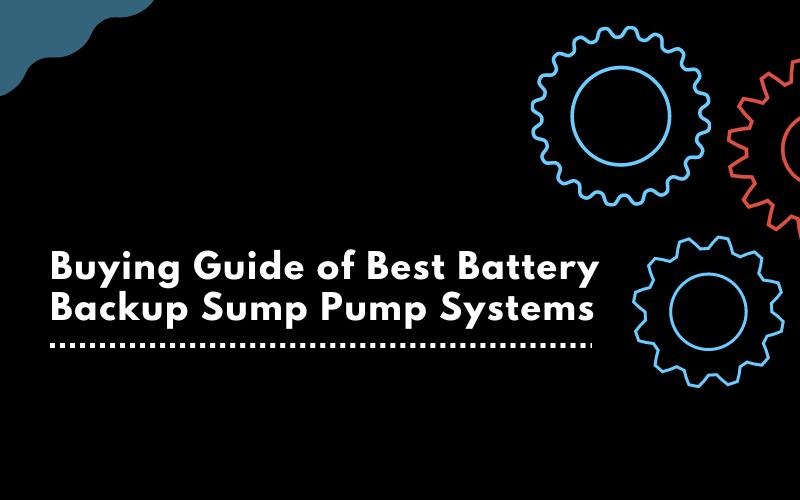
A backup sump device is a must-have system in every home with an existing sump pump. But how do you choose the suitable model given the many products on the market? Here is a buying guide to help you.
Pumping power or rate
The best backup system should have as much pumping power as your primary sump pump. This way, you can be sure that the system can expel as much water if the main pump fails and it’s raining heavily.
With this in mind, you should consider getting a unit with at least 1/2 horsepower. Also, the best backup system should pump out at least 2,400 gallons at 10 ft. But the more gallons a backup pump system can pump, the better.
Construction
These units are made from different materials, including heavy-duty thermoplastic, aluminum, and cast iron. The most common material is aluminum because these backup systems are lightweight, corrosion-resistant, and durable.
Units made of cast iron are also rugged but are a little expensive and heavier than their aluminum counterparts. On the other hand, plastic backup systems are waterproof, corrosion-resistant, and more affordable. However, they are not as durable as their cast iron and aluminum counterparts.
Mode of installation
Backup sump units are available in two types: submersible and pedestal. The most common type is the submersible system, which you should install within the sump basin. This makes them more efficient than the pedestal type and allows you to save on space.
As for the pedestal system, you install it on the floor of your crawl space instead of underwater. This ensures easy access to the system when you want to take it down or perform maintenance. As such, pedestal backup units are more affordable and more accessible to install than submersible systems.
Battery type and runtime
With backup sump systems, you have to buy the battery separately. You can choose to use the marine batteries, which are the most recommended, or the AGM batteries. Both battery types boast excellent runtime.
For deep marine cycles or wet-cell batteries, you must occasionally add distilled water to protect them from damage. The batteries also boast a longer life span. However, these batteries charge at a lower rate than AGM batteries.
AGM or dry cell batteries, on the other hand, boast faster charging times and are maintenance-free. They also feature a longer run time. On the flip side, they are a bit more expensive than their wet-cell counterparts.
Ease of setup
If working on a tight budget, perhaps you would like to install the backup system yourself. In this case, you should get a model that is easy to install and comes with clear instructions.
Generally, the easiest install system is one comprising a primary and backup unit connected. You might also want to consider a unit that comes pre-assembled.
Warranty and customer support
We recommend getting a backup system with a warranty for peace of mind. This way, you can be sure the device is made with quality components and will not fail within the first year of use. Generally, the best system comes with at least a one-year warranty.
Besides the warranty, you should consider customer support. Be sure to choose a backup system that is backed by knowledgeable and responsive customer support. Good customer support also comes in handy when making warranty claims.
Extra features
Some battery backup systems come with extra accessories for added functionality, while others only the basic. For instance, some units are Wi-Fi-enabled, allowing you to monitor the pump remotely.
On the other hand, other systems come with alarms, battery fluid sensors, several light indicators, and a dual float switch. All these extra accessories are designed to make the pump work better. So, depending on your budget, you might want to consider them.
FAQ
- How often should I test my sump pump backup system?
You should test the system every three or four months, whether you have been using it or not. Essentially, you should inspect the battery, charger, check valve, power cord, float switch, and electrical socket. To test the pump, you simply add water to the sump pit and check to see if the system engages.
- How long does the backup sump pump last?
If the device is pumping continuously because the primary system is not working, the battery could last 7 hours or more. Meanwhile, the battery could last at least 1 to 3 days when the pump is working on and off.
- Why does the backup sump pump keep beeping?
Your backup system could beep for different reasons. Sometimes, this happens when the device’s batteries are running low or in case of a plumbing leak. Also, the beeping may occur to let you know the pump has been activated in case of a power outage. The pump will also beep to alert you when the water level is higher than the float switch.
- Why did my sump pump with battery backup stop charging?
This could happen when you fail to make a proper connection. For instance, if the black wire is not attached to the positive instead of the negative terminal. Also, the backup system may fail to charge if there is insufficient water in the battery cell. Or perhaps, when the voltage is extremely low.
- Can you use a UPS battery backup for sump pump?
Yes, but not recommended. A battery in a UPS system is not powerful enough to operate a backup sump pump for a significant amount of time. Therefore, you should consider using an inverter or 12-volt battery. Instead, you could use the UPS to run less powerful equipment.
- Why is my sump pump backup battery not working?
One reason could be that it is not receiving power. Secondly, you might find that the switch is not correctly installed, causing it not to engage when the main pump fails. Additionally, it could be that the system has a defective component or the float is jammed.
- Do I need a plumber to set up the battery-backup sump pump?
Not really. You can install the system yourself because battery backup systems are designed to be easy to install. However, if you don’t have any plumbing experience, you should get a plumber to set up the system for the best results.
Conclusion
If you stay in a place prone to flooding, you should consider getting the best battery backup for the existing sump pump. It comes in handy when your primary sump pump fails, or there is no electricity. However, when buying a backup system, you must consider factors like pumping power, construction, and ease of installation.
With that said, the PumpSpy 1500W Sump Pump Backup system is our top pick because of its high-power output. Besides, it is backed by very responsive tech support. Alternatively, you could get the WAYNE Sump Pump 1/2 HP, an all-in-one backup system.
As an Amazon Associate, I earn from qualifying purchases.

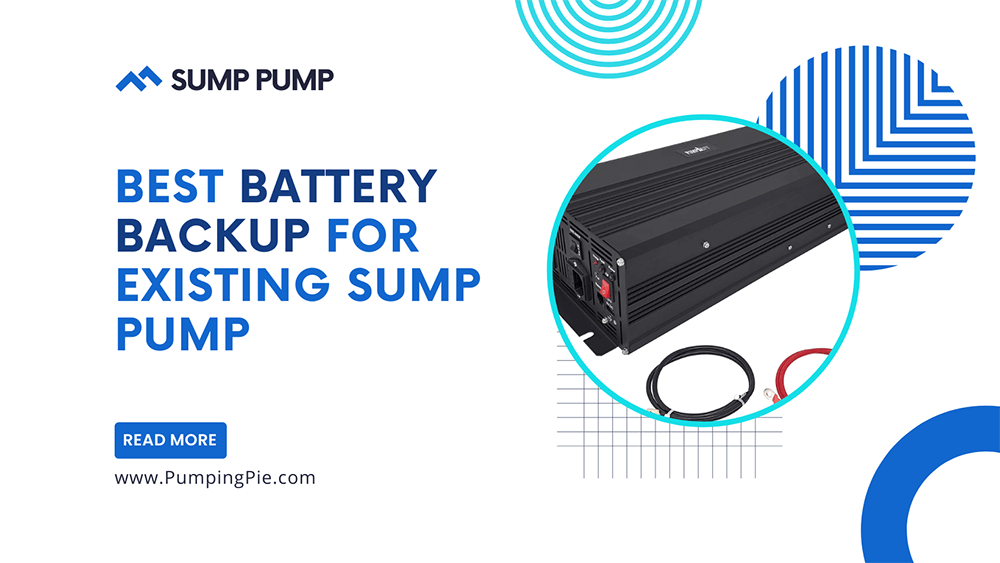
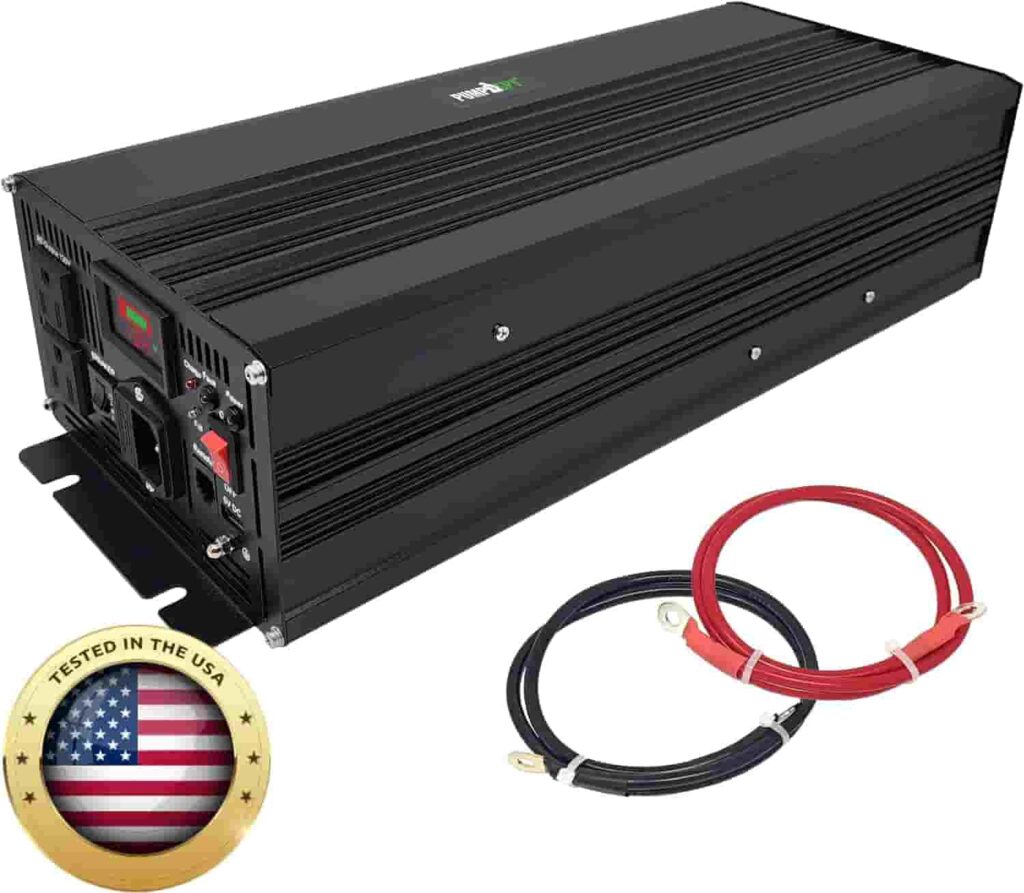
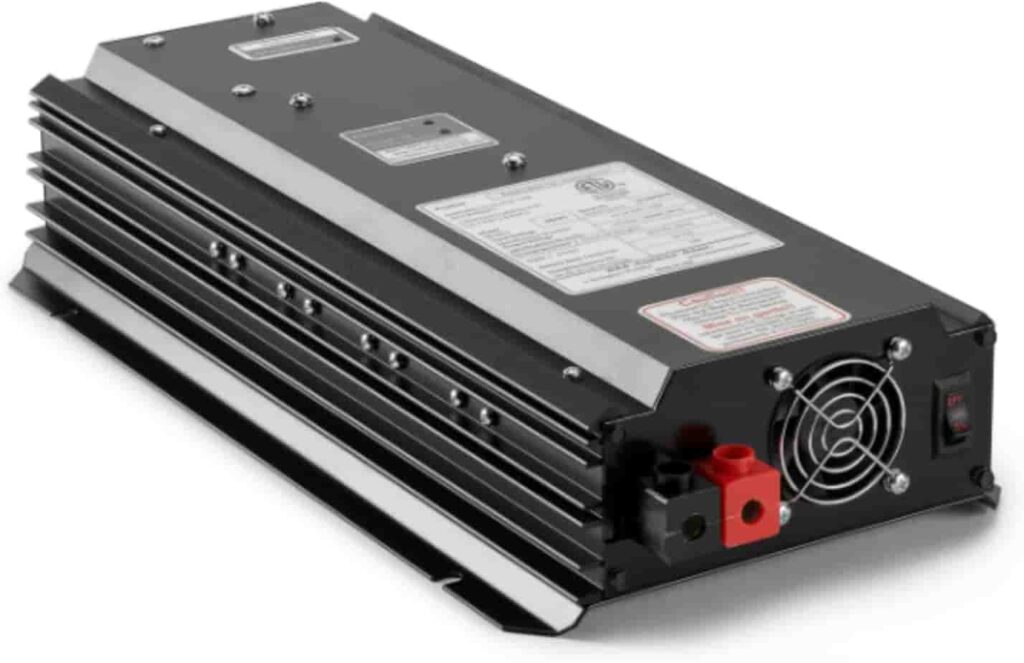
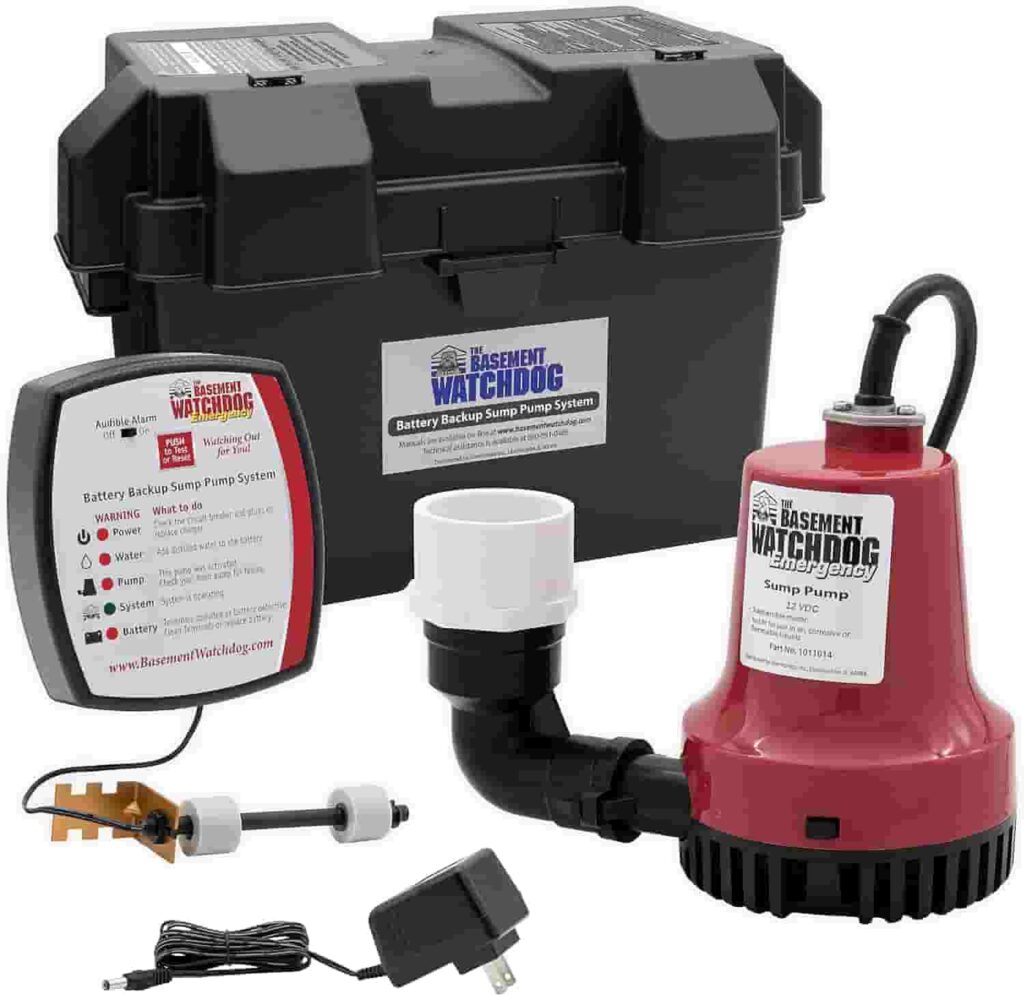
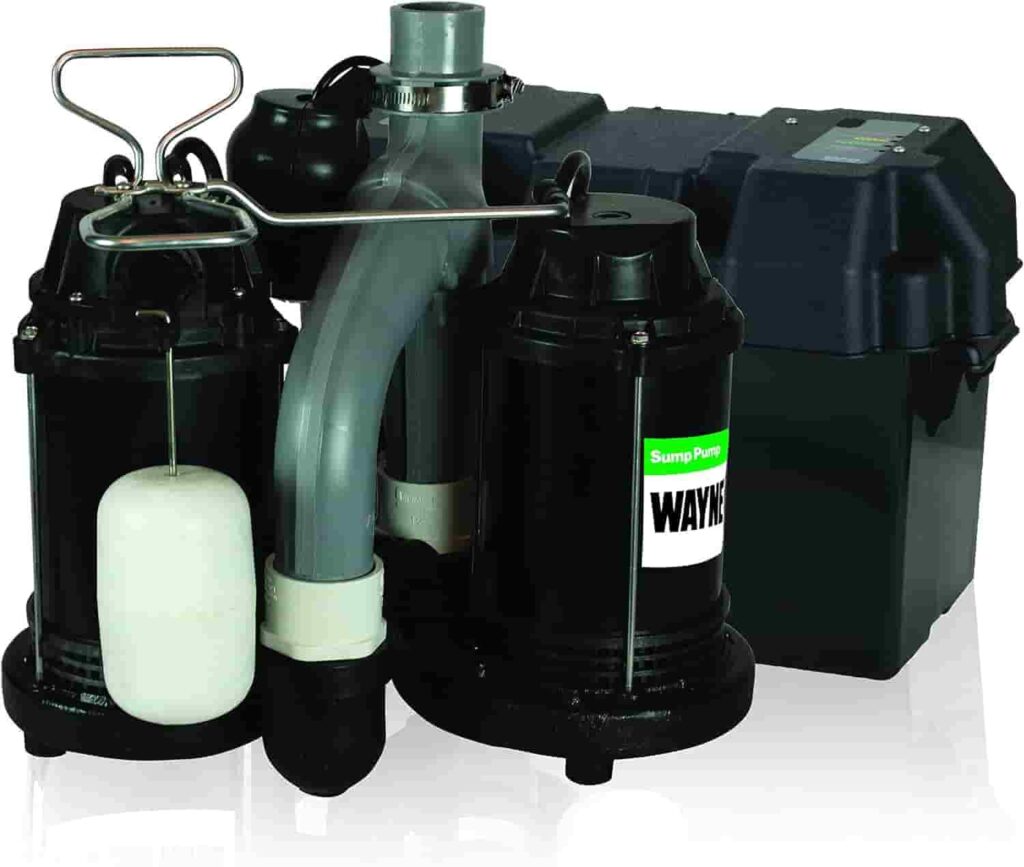
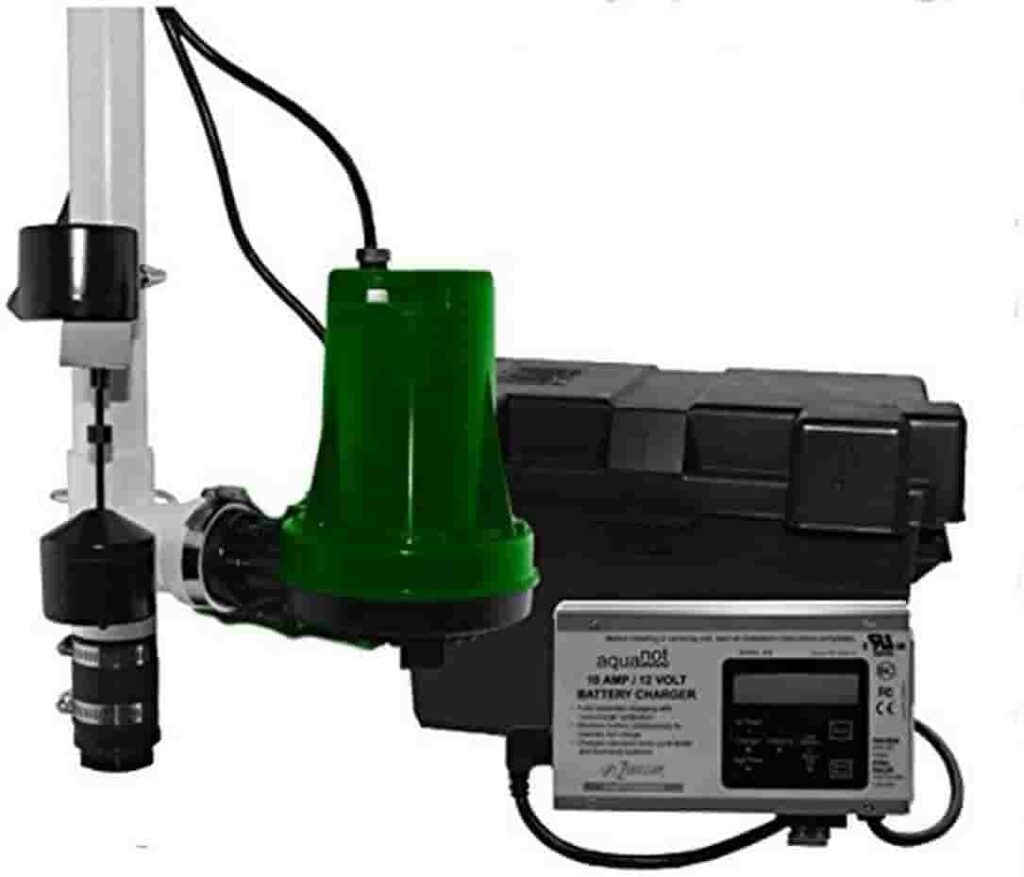
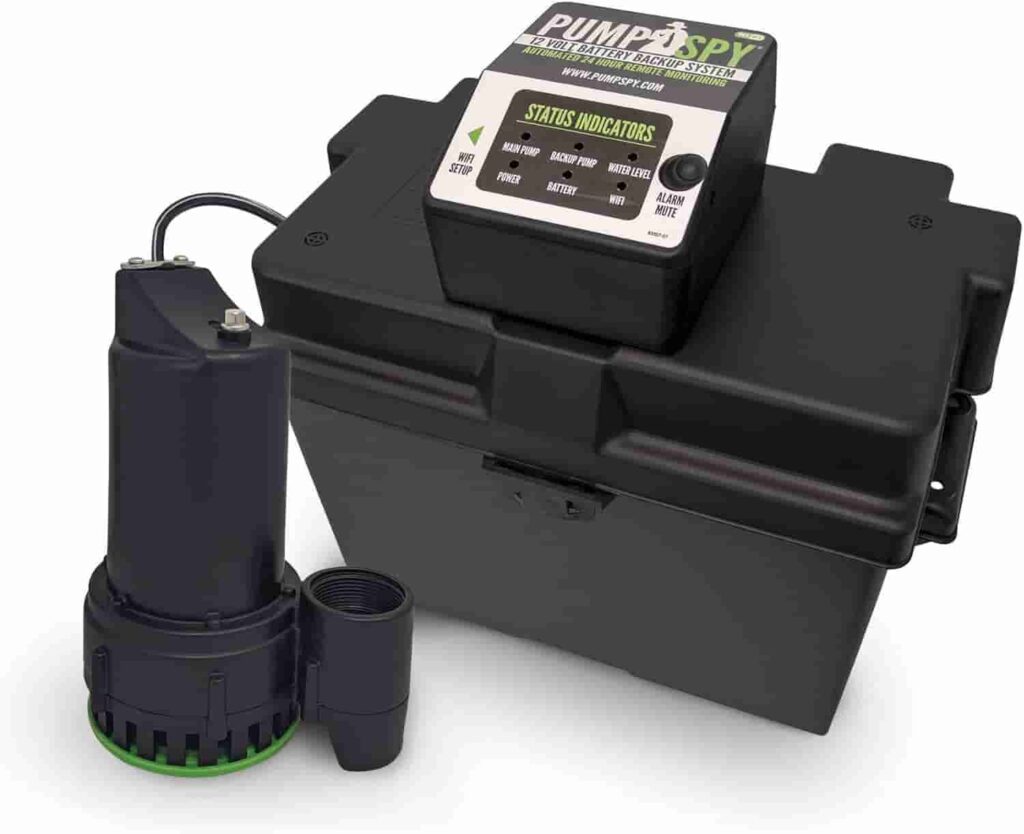
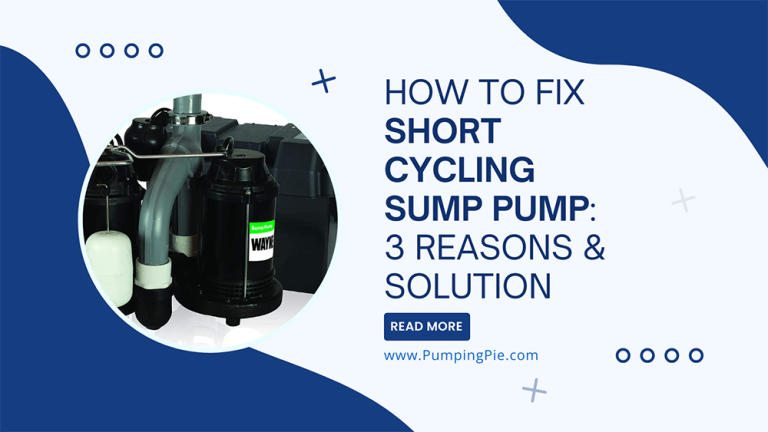
![How to Adjust Sump Pump Float Switch? [4 Easy Steps]](https://pumpingpies.com/wp-content/uploads/2023/01/How-to-Adjust-Sump-Pump-Float-Switch-768x432.png)
